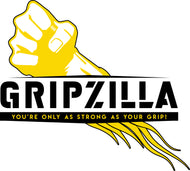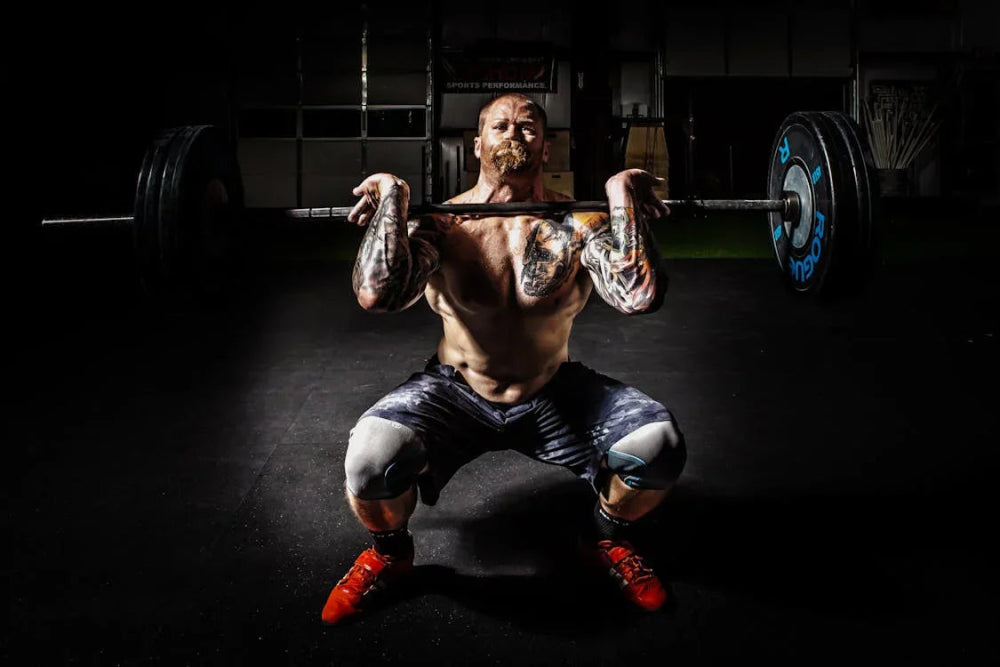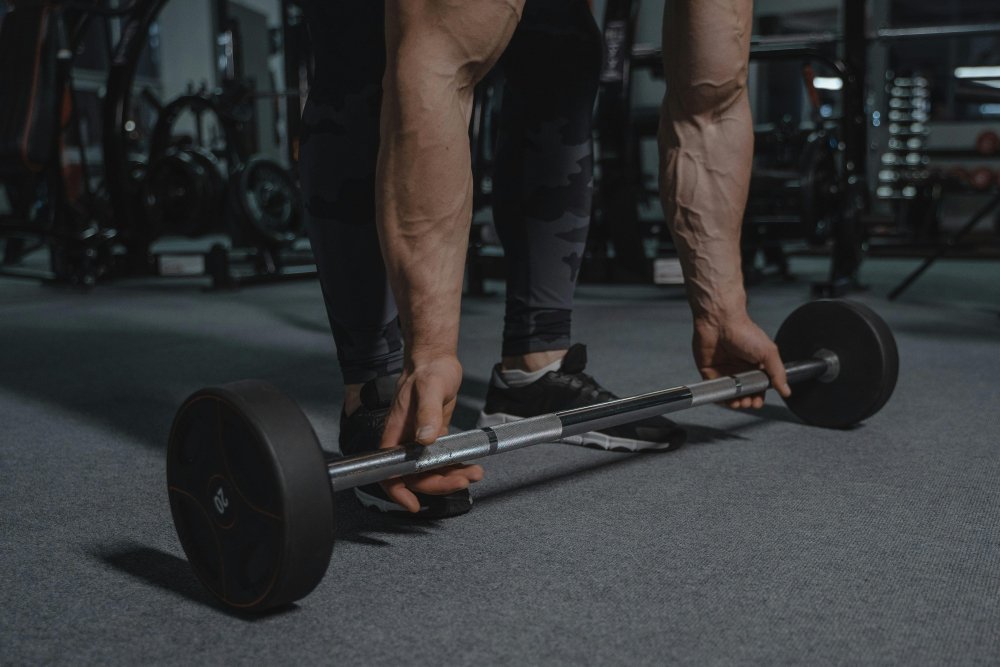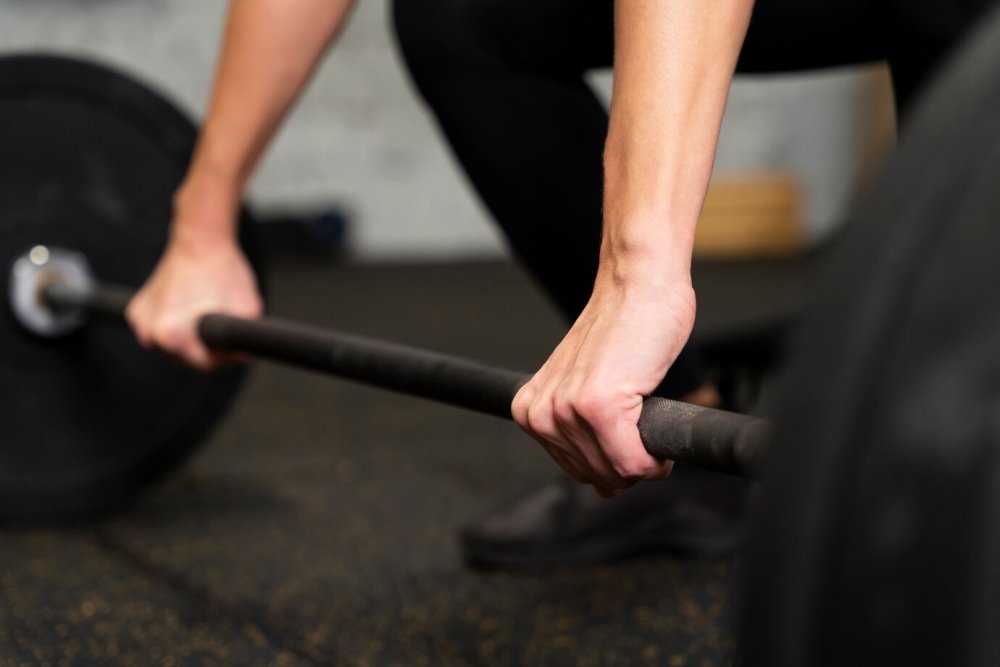Most bodybuilders focus on biceps, triceps, chest, and shoulders but overlook their forearms.
Weak forearms limit performance, grip strength, and overall aesthetics.
If your grip fails before your larger muscles do, your progress stops.
This article covers why forearm training is necessary, how it improves lifting performance, prevents injuries, and the best tools for building grip and forearm strength:
Why Is Forearm Training Important For Bodybuilders?

Let’s find out the significance of forearm training in bodybuilding:
1. Forearm Strength Affects Heavy Lifts
Your forearms and grip are the first point of contact with any weight you lift. If they’re weak, your performance in deadlifts, pull-ups, and rows suffers.
A failing grip means your larger muscles don’t get the work they need.
· Deadlifts: A weak grip makes you drop the bar before your back and legs reach full fatigue.
· Rows and Pull-Ups: Forearm fatigue prevents you from fully engaging your lats.
· Farmer’s Carries: Grip endurance dictates how long you can hold heavy weight.
Building stronger forearms lets you lift more, perform better, and stimulate greater muscle growth.
2. Grip Strength Improves Muscle Activation
The stronger your grip, the more force you can generate.
Studies show that gripping the bar harder increases activation in the upper body muscles.
This means more engagement in every rep and better overall gains.
· A stronger grip improves pressing exercises by stabilizing the wrists.
· Squeezing the bar harder enhances bicep and tricep recruitment.
· Better grip endurance leads to longer and more effective training sessions.
3. Forearms and Injury Prevention
Poor grip strength puts extra strain on the wrists and elbows, leading to issues like:
· Tennis elbow (lateral epicondylitis): Tennis elbow is caused by weak extensors and excessive strain.
· Wrist instability: Weak forearms make it harder to control weights, increasing injury risk.
· Tendonitis: Repetitive motion without proper strength leads to inflammation and pain.
Stronger forearms create more joint stability, reducing stress on tendons and ligaments.
Stronger Forearms Improve Joint Health
Balancing forearm flexors (grip muscles) and extensors (muscles that open the hand) prevents muscle imbalances that contribute to joint pain.
Regular forearm training:
· Reduces overuse injuries from repetitive gripping.
· Strengthens the tendons that stabilize the wrist and fingers.
· Supports better wrist positioning under heavy loads.
Best Training Methods for Forearm Growth

Listed below are some of the forearm training methods bodybuilders swear by:
1. Heavy Compound Movements for Forearms
You don’t need to isolate forearms in every workout. Heavy lifting builds grip strength naturally.
Some of the best forearm-building exercises include:
· Deadlifts: Use a double overhand grip instead of mixed or straps to train grip strength.
· Pull-Ups: Use a towel or fat grips to increase forearm activation.
· Farmer’s Carries: Hold heavy weights for time to develop endurance.
· Kettlebell Swings: Strengthens wrists and fingers under dynamic tension.
2. Direct Forearm Isolation Work
To build forearm size and endurance, add specific exercises:
· Wrist Curls & Reverse Wrist Curls: Target flexors and extensors.
· Hammer Curls: Hit the brachioradialis for thicker forearms.
· Finger Rolls & Holds: Improve finger strength for gripping heavy bars.
Best Tools for Forearm Strength
Need insane forearm strength for bodybuilding?
Here are some tools that get the job done:
1. Tornado

The Tornado is an advanced forearm tool that uses friction-based resistance to challenge grip endurance and rotational strength.
Why It Works:
· Constant Resistance: Unlike traditional weights, it applies continuous tension.
· Adjustable Load: Increases difficulty as you get stronger.
· Rotational Strength: Uses real-world grip challenges like grappling, climbing, and manual labor.
Athletes and bodybuilders use the Tornado to improve grip endurance, prevent injuries, and build functional forearm strength.
2. Dynamo

The Dynamo is a modern wrist roller that removes the need for external weights.
Why It’s Better Than a Traditional Wrist Roller:
· Adjustable Resistance: Lets you progress without needing plates.
· Engages More Muscle: Works fingers, wrists, and forearms in multiple angles.
Both tools are effective for building grip strength, and they complement traditional gym exercises.
Common Mistakes and How to Fix Them
Many lifters struggle with forearm development because they:
· Rely on Lifting Straps Too Often: This prevents natural grip strength from improving.
· Only Train Forearms with Light Weights: Use progressive overload like any other muscle group.
· Ignore Extensors: Training both flexors and extensors prevents imbalances.
Final Thoughts
Forearm training is non-negotiable for serious bodybuilders. Stronger forearms improve performance, reduce injuries, and enhance aesthetics.
· If your grip fails, your lifts suffer.
· If your forearms are weak, your physique looks incomplete.
· If you don’t train them, you’ll eventually hit a plateau.
The Tornado and Dynamo provide an edge in grip and forearm training, helping you push past limitations and build serious strength.
Start incorporating forearm-specific work into your routine, and you’ll notice the difference in both performance and muscle size.



